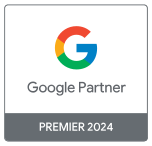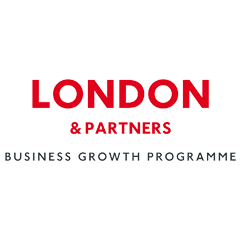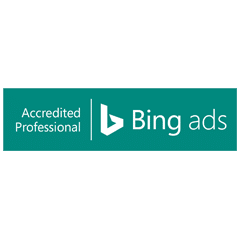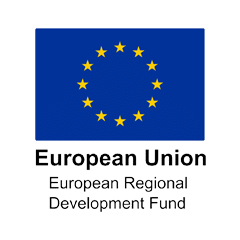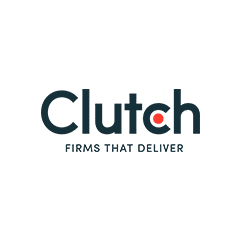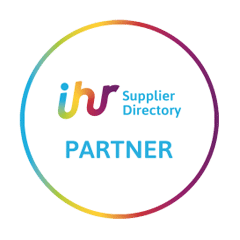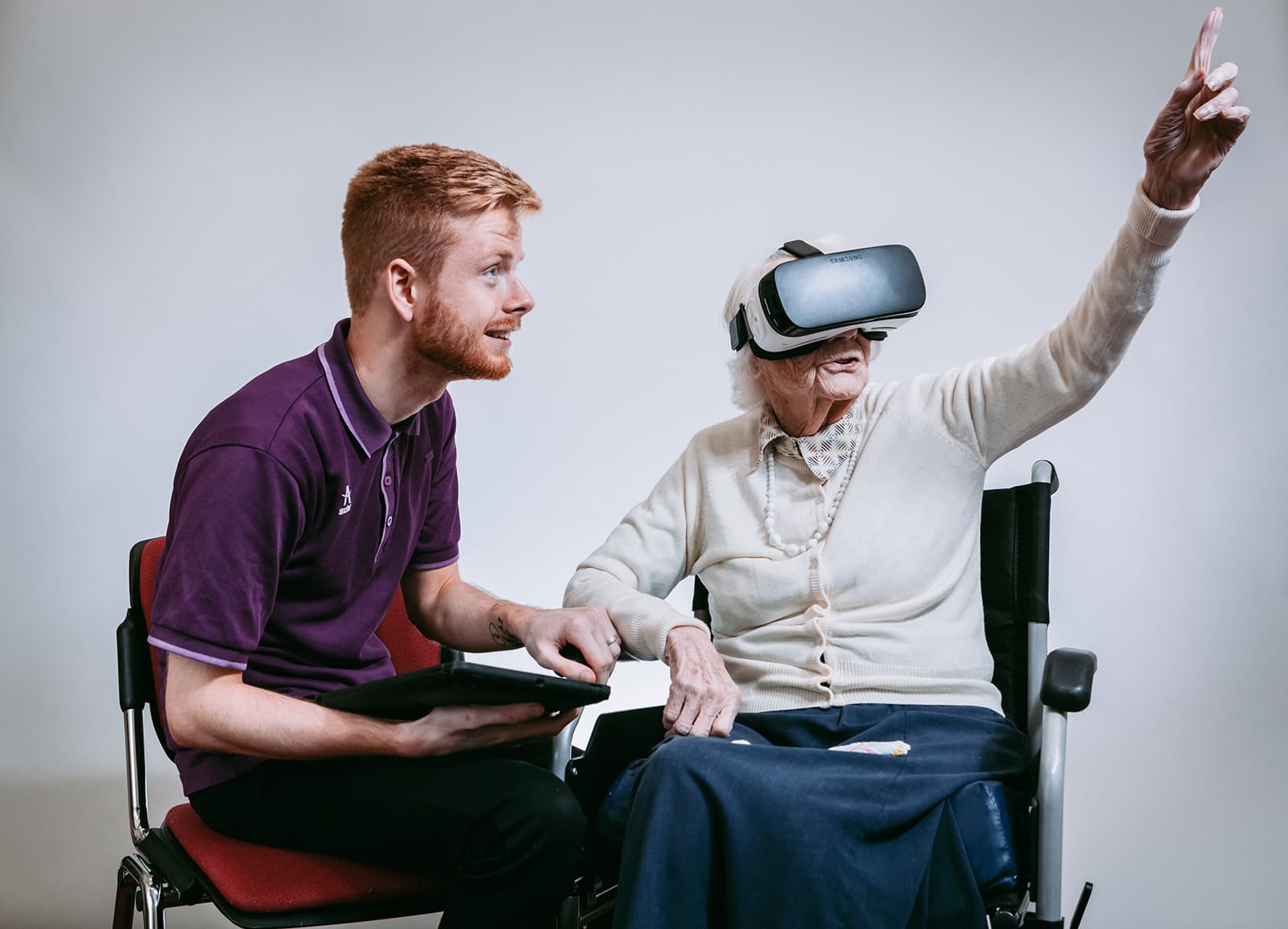
Anchor recruitment chatbot.
Looking for the anchor recruitment chatbot as featured at Recfest? Speak to the team that delivered it.
We knew from our experience with previous campaigns that we would have to balance adapting the campaign for the client’s needs with optimising for the best possible results. Our aim: to reach out to passive candidates not necessarily actively searching for their next role.
Why did we need a recruitment chatbot?
We initially faced all the challenges of any recruitment drive e.g. potential candidates’ busy lifestyles meant they were often unable to respond to emails, unable to answer the phone except at very specific times of day and unable or unwilling to fill out lengthy application forms. Even with the best will in the world on both sides, emails often went missing in clogged inboxes or junk folders, and answerphone messages went unanswered – a hangover of the busy digital lifestyle we’ve all become accustomed to. We quickly realised the need to address these issues.
We also discovered that some applicants were highly skilled and experienced in care work, but were unable to translate this onto paper (something most of us can relate to). So, our dilemma: how to quickly and effectively contact suitable candidates, bypassing long-winded email chains, awkwardly-timed phone calls and ineffective CVs?
The solution to these problems presented itself in the form of a new Facebook feature: the ability to build a recruitment Chatbot within Facebook Messenger itself.

Why did we develop our recruitment chatbot using Facebook Messenger?
Over a billion people use Messenger every month to engage with friends, family and businesses and our research showed 65% of people prefer messaging to phone calls – ideal.
The advantages of using Facebook Messenger as a recruitment tool seemed endless; it allows instantaneous contact and rapid response on both sides, something most expect from social media, and we could customise it to our audience.
What are the advantages of using a chatbot?
Using this feature, we set up paid ads for our client that, when clicked, would immediately open a conversation in Messenger, allowing candidates to complete an application in a matter of minutes and arrange a phone call with a recruiter at a time and date of their choice. We can also ‘re-target’ candidates with a chat message if they did not complete their application, making our service seem more personal.
In less than a minute, our recruitment Chatbot can establish:
– Which role the candidate is interested in
– Whether that role is commutable for the candidate
– Whether the candidate has experience
This certainly simplifies the process for our client’s recruiters, who then know exactly who they are speaking to on the phone once a callback is arranged; this process also ensures candidates who are unwilling to commute to the available location or uninterested in the position available are not contacted, saving time on both sides.
How has using the chatbot affected campaign results so far?
Initial results have proved the technology works – without a doubt. Since launching the Chatbot, we have seen a 62% increase in conversions compared to previous campaigns – we are excited to see how the results develop as we further optimise the bot and user experience.
Are chatbots the future of recruitment?
The scope for the future of Chatbot technology, when paired with social media giants such as Facebook, is a massive step forward for businesses.
Chatbots will become a cornerstone of the digital space, enabling tech innovation and changing the way consumers engage with businesses now and in the foreseeable future.




